by Lee
An ATV or Side By Side’s lifespan is 15 to 20 years if you do proper maintenance.
The average miles I expect out of a used ATV is 800 miles a year. So a 5-year-old ATV, I expect to have around 4,000 miles.
Let me explain why I say 15 years max and 800 miles a year for ATVs.
ATVs and side by sides are measured in both mileage and hours.
These two numbers are not a replacement for the other and will often be wildly different, especially across the globe.
Mileage and hours on an ATV can tell you a lot about them.
If you see an ATV with high mileage, but low hours it tells us they like to drive it fast. Not always an issue because this is normal when riding in the dunes but a huge red flag if taken to the extreme.
If you see an ATV with low mileage and high hours, it tells us they do more trail riding or are hunters. It could also mean they do a lot of snow plowing if they live where it snows a lot.
The average rider puts 800 miles on their ATV or side by side every year.
These numbers can vary a lot, especially on who drives the ATV and where.
An ATV is the primary source of transportation in some countries and small cities, and seeing 30,000+ miles is not crazy. Also, the farmer who uses his side-by-side daily for work will have a lot more hours than the guy who rides on the weekends.
But my baseline is 800 miles a year when I’m looking to buy a used ATV.
| Years | Miles |
|---|---|
| 1 | 800 |
| 2 | 1600 |
| 3 | 2400 |
| 4 | 3200 |
| 5 | 4000 |
| 6 | 4800 |
| 7 | 5600 |
| 8 | 6400 |
| 9 | 7200 |
| 10 | 8000 |
| 11 | 8800 |
| 12 | 9600 |
| 13 | 10400 |
| 14 | 11200 |
| 15 | 12000 |
This means if the ATV is 5 years old, I expect it to have around 4,000 miles on it.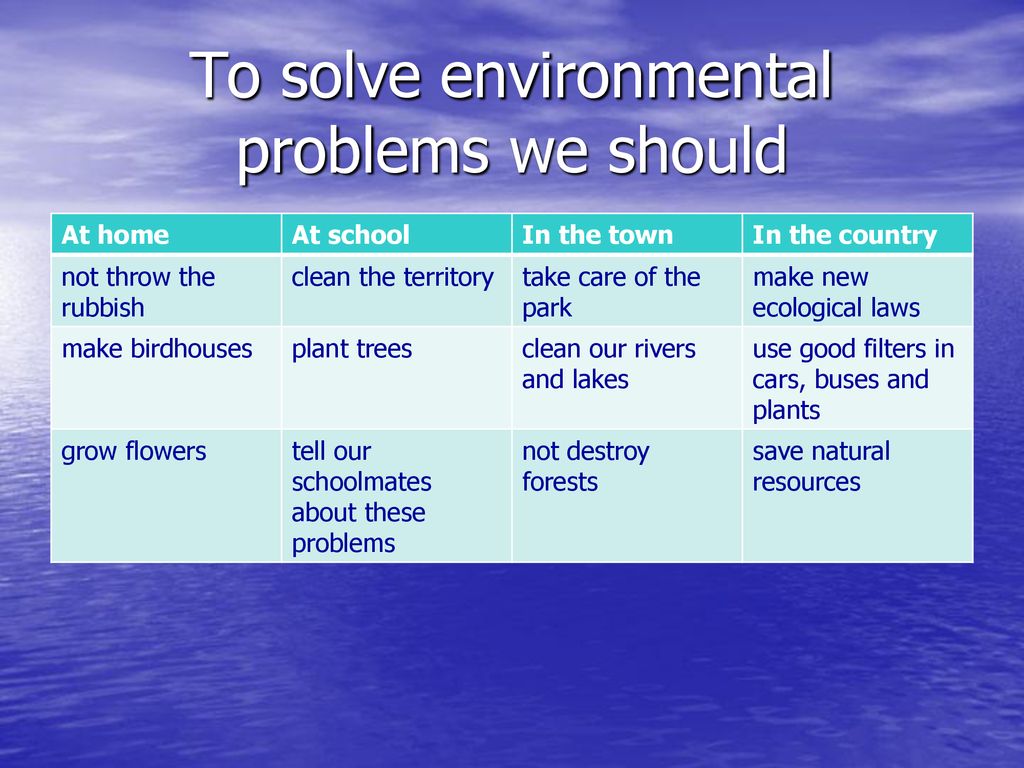 It’s when the miles vary from this baseline that I worry. A 5-year-old ATV with only 80 miles on it screams trouble, along with one having 80,000 miles on it.
It’s when the miles vary from this baseline that I worry. A 5-year-old ATV with only 80 miles on it screams trouble, along with one having 80,000 miles on it.
What matters more than hours or miles is how well the ATV was taken care of. Don’t let high miles keep you from an ATV that was properly maintained!
Average miles per year = 800 miles.
Max years for an ATV = 15 years.
800 miles * 15 years = 12,000 miles
I consider 12,000 miles a lot, especially if the ATV is under 15 years old.
Why 15 years? The manufacturer stops making vital parts for ATVs after that point. An ATV can go forever if you can get the parts, but a lot is discontinued after 15 years, and no point in keeping it going if you can’t work on it.
Would I buy an ATV with a lot of miles? Probably, it depends on how well it was taken care of. Let me explain.
I’ve seen guys with high mileage and high hours have no issues and keep trucking along.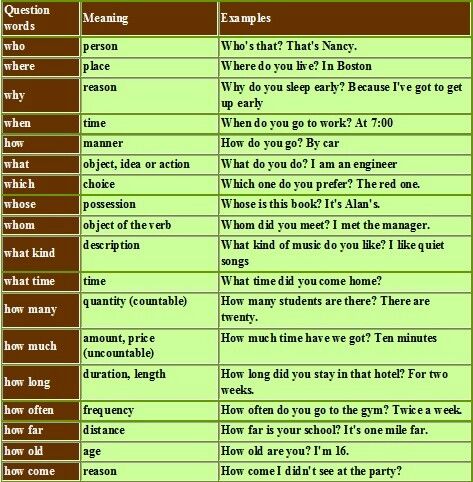
I’ve also seen guys with low mileage and low hours and not take care of their ATV, and it turns to crap.
What matters the most is checking the ATV out in person and not some numbers anyone can screw with.
I had one guy try to sell me a limited-edition Can-Am Outlander 1000 with low hours and miles. The deal seemed too good to be true, and it was. When I looked at the ATV, I could tell the frame had bad cracks. This ATV was in a bad accident, and I later found out the dude rolled it down a mountain. The dude spent a lot of money to get new plastics and was trying to pass it off to someone else.
This is why mileage and hours are secondary to actually checking the ATV out in person.
I rather have an ATV with a lot of miles on it but taken care of than one with low miles and left to rot. A high mileage ATV tells me that the previous owner liked the quad and didn’t seem to have much trouble getting to those high miles; less likely to be a lemon that someone is trying to push on to someone else!
I hate this question because I’m a Can-Am guy, so naturally, I want to say Can-Am.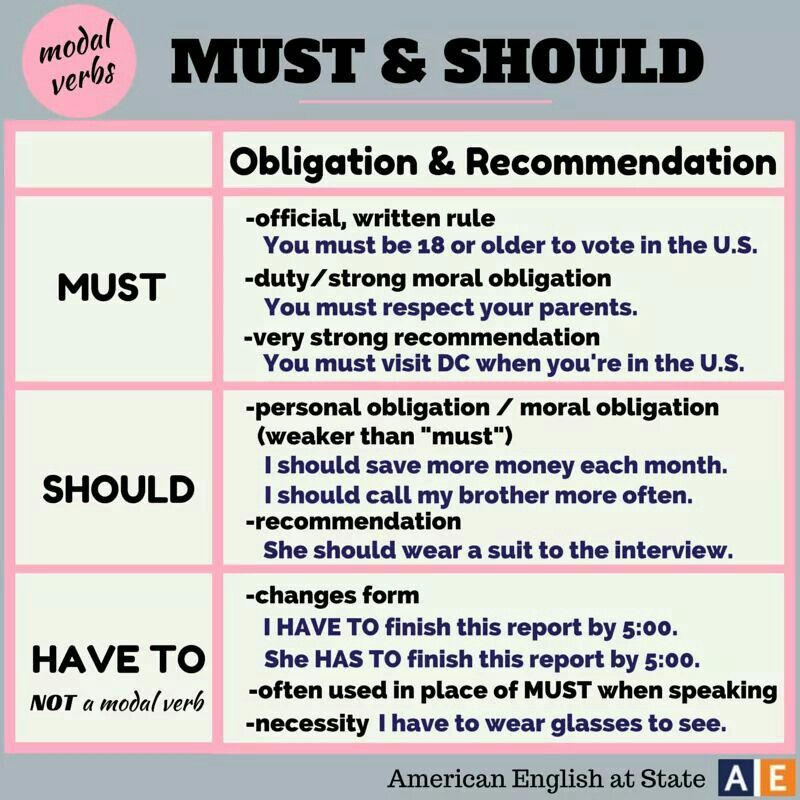
I’m sure a Yamaha or Honda guy will say the same thing.
But I will give it to Honda; they got it figured out and make some of the best engines. They lack in tech where Can-Am over-delivers, but I’ve seen 20-year-old Hondas still going to this day.
Since Honda is slower to change, this helps keep their ATVs going for longer. Many of their parts for older models are still around. I have a 1999 Can-Am Traxter that would still run if I could get a discontinued part. This is what decides how long your ATV last, not the hours or the mileage.
Unless you love going mudding and know what you’re doing, avoid the mud machines.
That is the XMR’s and other brands that come from the factory with a snorkel and are “mud ready.” Or the guys who convert their stock ATV to a mudding one.
These ATVs don’t have much of a warranty and are rode very hard. It’s not uncommon for them to get hydro locked due to mud and water getting in the engine and intake.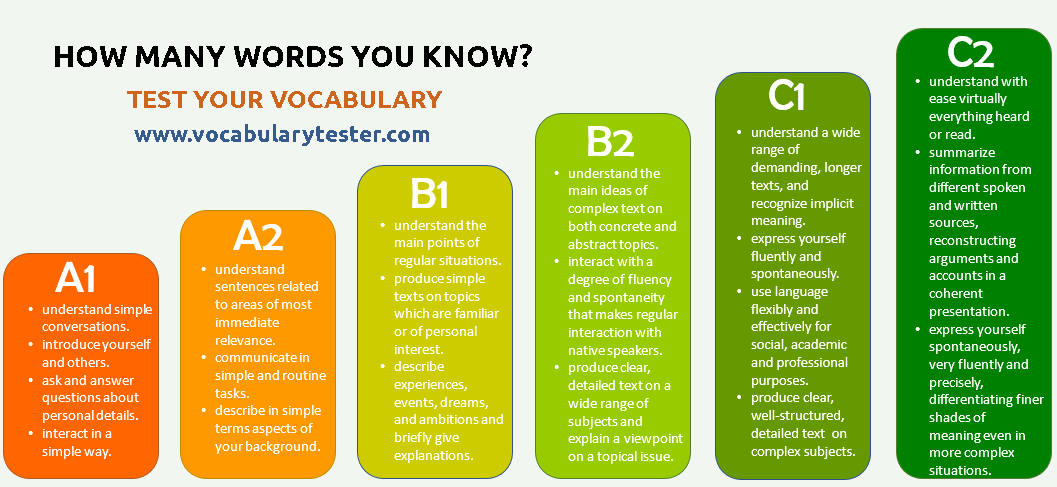 Water in the engine can bend piston rods and blow the engine.
Water in the engine can bend piston rods and blow the engine.
Mudding ATVs are taken apart and tore down often due to them getting submerged in water and mud all the time.
I love going in the mud and getting crazy, but that is not the problem; the problem is the guys who take their ATVs and put them entirely underwater. Those are the ATVs to avoid as those things develop phantom issues eventually.
Not all mud machines are bad, but this ATV Mud Machine below is not one I would buy secondhand.
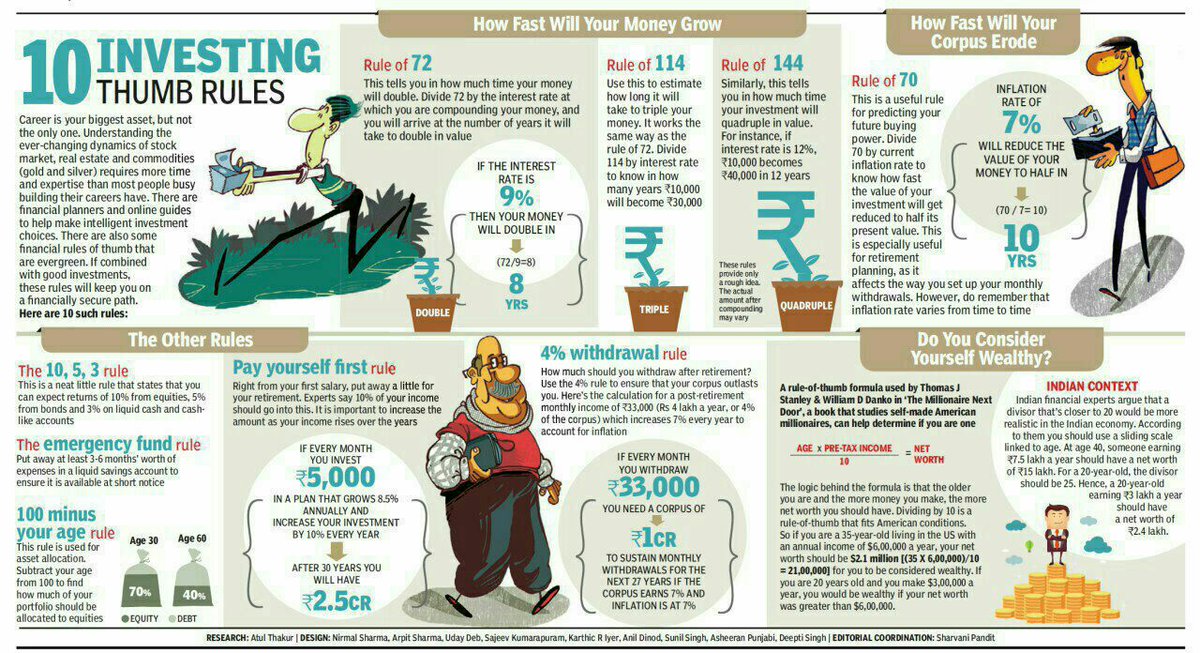
Understanding high mileage and high hours on ATVs and UTVs is crucial to buying or selling a used vehicle. There isn’t an easy answer, so read this post to prepare yourself for a great purchase.
Like cars, ATVs that have been driven more miles have seen more action and have less life left in them, but ATVs and UTVs differ from cars in that you need to know the hours as well as mileage.
The ratio of miles to hours can indicate how the previous owner rode their vehicle, so you need to notice both numbers and compare them. If the ATV has high mileage but a small number of hours, they probably rode very fast and maybe recklessly. You would need to ask them about that. If the ATV has low mileage and many hours, this ATV was probably used for hauling or in tough terrain where their speed had to remain low. How bad that is depends on well the vehicle was maintained.
15 miles to 1 hours is the ideal hours to miles ratio on ATVs.
Truthfully, the most important thing you need to know is how the ATV or UTV was ridden and how it was cared for.
ATVs are intended to last 10 years or 10,000 miles. If they’re well cared for, they might last longer.
If they’re well cared for, they might last longer.
How long an ATV actually lasts varies greatly depending on the quality of the vehicle, the way it was ridden, and how it was maintained.
Some are useless after 100 hours, because they were a cheap brand and/or the owner abused or neglected the vehicle. Some can withstand harsh, truly harsh environments.
For hardcore riding, don't forget about your own safety and comfort. Opt for specialized ATV/UTV breathable waders. Multi-layer membrane fabric, extra reinforcement in high-stress areas and dirt-repellent coating are a perfect combo for off-road hazards.
If you’re buying a used ATV, look for brand names you recognize and know are respected. This won’t answer all of your questions because someone can still run a great vehicle into the ground, but it is a crucial indicator of the original quality and expected life span of the vehicle.
This is the most important factor in the life of an ATV or UTV.
Previous owners have to have kept up with recommended service intervals, cleaned the ATV after every ride or weekend of riding, and made all necessary repairs.
Light trail riding, light to moderate farm use, and hunting, camping, or fishing trips fall in the light hours category. This puts little strain on the vehicle, so it will last a longer period of time.
Deep mudding, water use, higher than average speeds, rock climbing, and extreme hauling are hard hours that wear a vehicle out fast. It’s great fun while you’re doing it, but no one should expect these machines to last their full lifespan or to get top prices when they try to sell them.
Proper or improper storage impacts the life of the vehicle. It needs to have been stored indoors and protected from light, pests, and moisture. The area should also have been well-ventilated.
When storing the ATV, the owner should also have been mindful of fluids, tire pressure, and battery tending.
As cool as modifications are, they put a strain on the machine and decrease its lifespan. Take this into consideration when determining the price of a used ATV or deciding whether to purchase it. You should also make sure any modifications were installed correctly.
Thinking strictly of ATV mileage range and hours, 500 or fewer hours is ideal. 5,000 and up is considered high miles for ATVs and UTVs.
But don’t just go for the vehicle with the fewest miles. Consider the age of the vehicle. If someone has owned an ATV and clearly rarely ridden it, it’s unlikely that it’s in great shape after spending that much time in storage. Alternatively, it could tip you off that they’re lying.
Follow this plan.
First, ask the owner to make sure not to have the engine running when you arrive and/or notice whether it’s running when you arrive. This is a common tactic to hide that an engine doesn’t want to start.
Next, ask the owner questions about their use of the vehicle, maintenance done on the vehicle, and storage. Consider whether they seem trustworthy.
Ask to inspect the ATV or UTV, and test drive the vehicle.
No reputable seller should mind you taking any of these steps.
Once you know the hours, mileage, and the way the machine’s been cared for, think of the price. If you have the money and the ATV with fewer miles and hours seems like it’s been well cared for, go ahead and pay what seems reasonable. But don’t necessarily rule out buying a high mileage four-wheeler or one that’s done a lot of hours. A properly cared for quality brand of ATV might still be a worthwhile purchase, if it fits those criteria and you don’t spend much on it.
Consider how much is being asked and compare your budget and the likelihood of repairs or replacing it. You can get the best possible deal on a machine needs that some love by buying a salvage ATV. You can expect to probably need to invest in repairs and replacement in the future, but you won’t spend much on it so you can better afford the maintenance and repairs.
Routinely grease the ATV or UTV to protect it from water, dirt, mud, and more.
Clean the ATV or UTV regularly. This means you wash all mud, dirt, and bug parts off of the frame, clean the radiator, and maintain the filters.
Stick to maintenance schedules like your oil and coolant changes.
Make sure you adhere to proper storage procedures.
ENDURO Graphite
the most durable
279 EUR
ENDURO Camogrey
the most durable
279 EUR
-30%
SPEEDMASTER-ZIP Camolightgrey
with central zipper
419 EUR
293.30 EUR
SPEEDMASTER-ZIP Camoarmy
with central zipper
479 EUR
NEW
SPEEDMASTER Camoarmy
the most advanced
319 EUR
NEW
SPEEDMASTER Camoarctic
the most advanced
319 EUR
HIT
AQUAMASTER Blue
reliability & comfort
299 EUR
HIT
AQUAMASTER Red
reliability & comfort
299 EUR
NEW
SPEEDMASTER Camolightgrey
the most advanced
299 EUR
SPEEDMASTER-ZIP Graphite
with central zipper
479 EUR
Explore all
 What should be?
What should be? Tire pressure affects the flotation, stability, handling and smoothness of the ATV. Therefore, it is important to adhere to the optimal parameters, which depend on the type of coating and load. What pressure is recommended for CFMOTO ATVs - we will tell in the article.
CFMOTO indicates the recommended pressure in kilopascals (kPa). 1 kPa equals 0.0098 atmospheres (atm) or 0.145 pounds-force per square inch (psi). It is important not to confuse these units of measurement when inflating tires.
The recommended tire pressure for CFMOTO ATV is indicated in the instruction manual and on the vehicle itself in the area of the left rear fender.
Tires are marked with the maximum pressure they can withstand.
Low tire pressure improves off-road capability, allowing the ATV to sink less in mud, swamp, snow or sand. This is due to the fact that the contact patch of the tire with the surface increases, and the specific pressure on the ground decreases. In addition, poorly inflated tires are less “blurred” with dirt, more easily leave the rut and roll over obstacles such as trees, stumps or large stones lying on the road.
This is due to the fact that the contact patch of the tire with the surface increases, and the specific pressure on the ground decreases. In addition, poorly inflated tires are less “blurred” with dirt, more easily leave the rut and roll over obstacles such as trees, stumps or large stones lying on the road.
Most CFMOTO ATVs are equipped with ANCLA tires, the normal pressure of which, according to the manufacturer, is 45 kPa. This is sufficient for off-road routes. A reasonable lower limit is up to 35 kPa. It is possible to bleed even more air only if there are beadlocks - devices that securely press the tire to the side of the disk.
All-terrain vehicle tires with a car seat must have a higher pressure - from 70 kPa, the exact parameters depend on the model.
If the pressure is too low:

It is best to inflate your tires before long trips on asphalt or other hard surfaces. This will increase stability and control in corners and on a straight line - due to less deformation of the rubber. In addition, the tread will not wear out as much.
The pressure should also be increased when transporting a heavy load and a passenger.
Optimum tire pressure for a CFMOTO ATV with a motorcycle seat when driving on asphalt is 70-90 kPa.
If the pressure is too high:
It is advisable to do this before each ride - when the tire is cold. You will need a low pressure gauge to check. When using a conventional car, there will be a large error.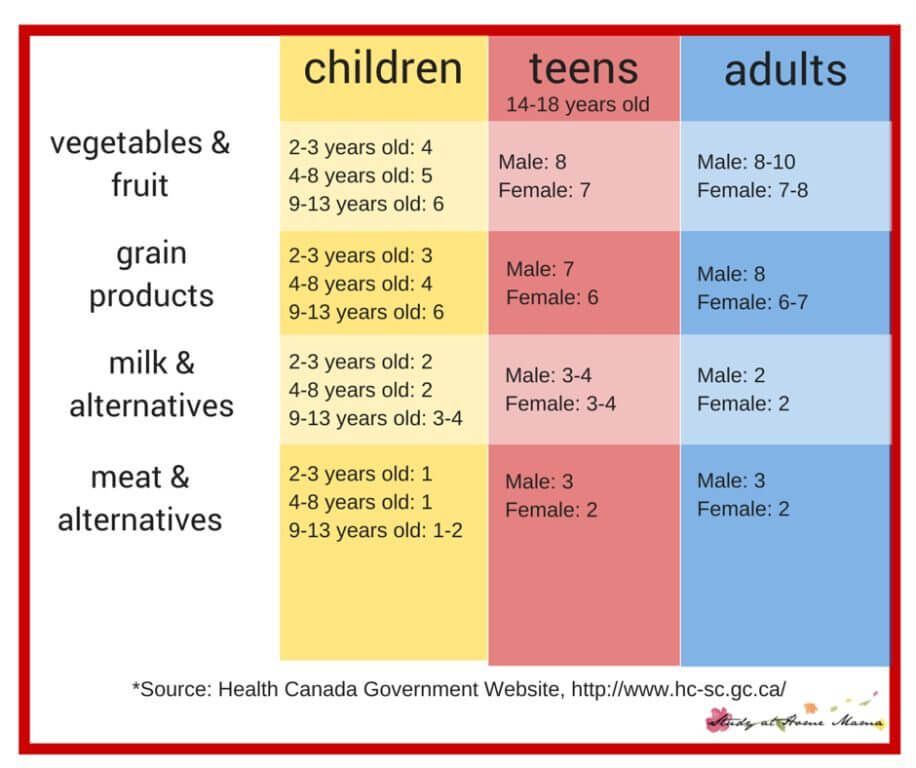
The recommended tire pressure for CFMOTO ATVs is 45 kPa. For all-terrain vehicles (SSV), the optimal parameters are different - more than 70 kPa. Before carrying a passenger and a heavy load or a long drive on asphalt, you can pump more.
If the pressure is too low, there is a risk of breakage, deterioration of handling and stability. If it is too high, it becomes uncomfortable to ride, all the bumps in the road are felt, the load on the suspension and steering increases.
Modern children are immersed in the world of phones, smartphones, set-top boxes, tablets and other gadgets, the name of which is not always familiar even to an adult. Outdoor games and walks have indeed become a rarity, and family trips even more so. You ask the children why? .. Boredom - they will answer. We propose to solve this difficult problem.
Buying an ATV for a child is not an easy task, perhaps, it is much more difficult than buying a loved one for yourself. The rule does not work here more and more powerful - it means better. In the buying process, there are many factors that must be taken into account influencing your final choice.
The rule does not work here more and more powerful - it means better. In the buying process, there are many factors that must be taken into account influencing your final choice.
The first thing to decide before you even consider buying is whether you and your child are really ready to own an ATV. If you, as a parent, are mentally and emotionally prepared for the fact that any vehicle, be it a bicycle, a scooter, and even more so an ATV, is inherently an additional source of danger and possible injuries, and your child is aware of the risks associated with riding an ATV - then let's go ...
The age of children who are interested in four-wheeled vehicles ranges from three years to ten years and older. Of course, three years is very little, nevertheless, even for this age group there are excellent, high-quality, affordable four-wheeled units, something between a car on the control panel and a full-fledged ATV.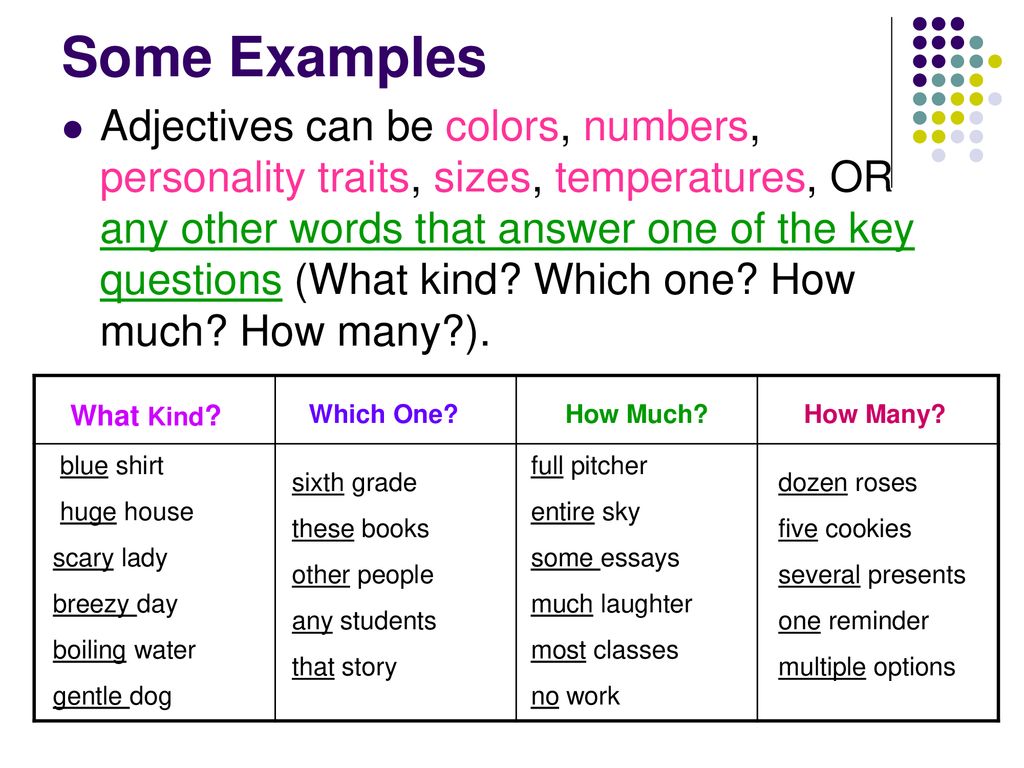 Driving at such a young age is very beneficial for your child's development. Motor skills, reflexes, and quick decision-making skills are improved. Therefore, if you solve safety problems and purchase the necessary equipment, which we will discuss below, then buying an ATV for children is a great solution.
Driving at such a young age is very beneficial for your child's development. Motor skills, reflexes, and quick decision-making skills are improved. Therefore, if you solve safety problems and purchase the necessary equipment, which we will discuss below, then buying an ATV for children is a great solution.
For the youngest pilots 3 to 6 years old we recommend purchasing only electric quad bikes for safe operation and never petrol ones. A single 12V battery for a 3 year old will suffice, and as they get older and get closer to 6 years old, look into ATVs with 24V batteries.
In addition, when buying, you must take into account the recommendations of specific manufacturers for age, which they give depending on the characteristics of a particular model they produce. Do not forget about the individual physical development of your child, as well as previously acquired skills and experience in driving a bicycle, scooter and other “vehicles”.
Also read: How to choose a children's electric car - advice for parents
The purchase of a gasoline ATV should be considered as an alternative to an electric one for an older child aged 6 to 10 years. At the same time, do not forget that he is still a child, so choose vehicles with an engine capacity of 50 cm3, a maximum of 70 cm3, if the child had a positive driving experience and everything worked out fine for him.
At the same time, do not forget that he is still a child, so choose vehicles with an engine capacity of 50 cm3, a maximum of 70 cm3, if the child had a positive driving experience and everything worked out fine for him.
Pilot age 12-15 70-90 cm3. ATVs with an engine capacity over 90cc are intended for young people 16 years of age and older and are not recommended for purchase before this age.
Please note that if your child is small for their age, these recommendations will change slightly. Children must be able to reach all controls, be able to grab the brake with their hands, and touch the foot brake and gear shift (if you choose manual transmission)
The weight of a four-wheeled vehicle must be appropriate for the child's age and physical development. It is very important that he, without resorting to the help of adults, could himself maneuver it if necessary. Be careful with this setting, because if a child is too young to operate a heavy ATV on their own, this can lead to accidents and injuries.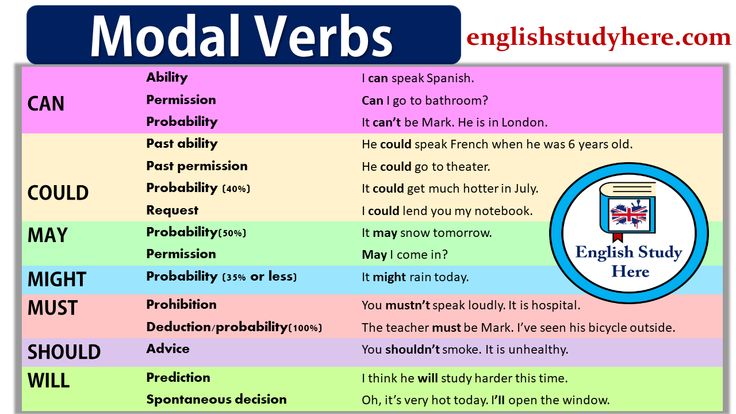 For reference, you can take the following weights of ATVs depending on age:
For reference, you can take the following weights of ATVs depending on age:
In order to make the right choice of ATV, let's pay attention to the main differences, features and advantages of each of these types.
Two-stroke and four-stroke models are available on the gasoline ATV market. Two-stroke ATVs - suitable for children from 3 to 10 years old. These models are safe, ergonomic, have a small mass and develop a speed of no more than 25 km / h. The speed limiter allows parents to set the maximum threshold themselves. Four-stroke ATVs are more powerful models with extra controls and are designed for older kids. Petrol quads are usually equipped with a 4-5 liter fuel tank, which is enough for long trips over rough terrain, which is undoubtedly a huge plus. However, here lies the disadvantage of gasoline models - this is the presence of exhaust gases, which excludes the possibility of driving indoors.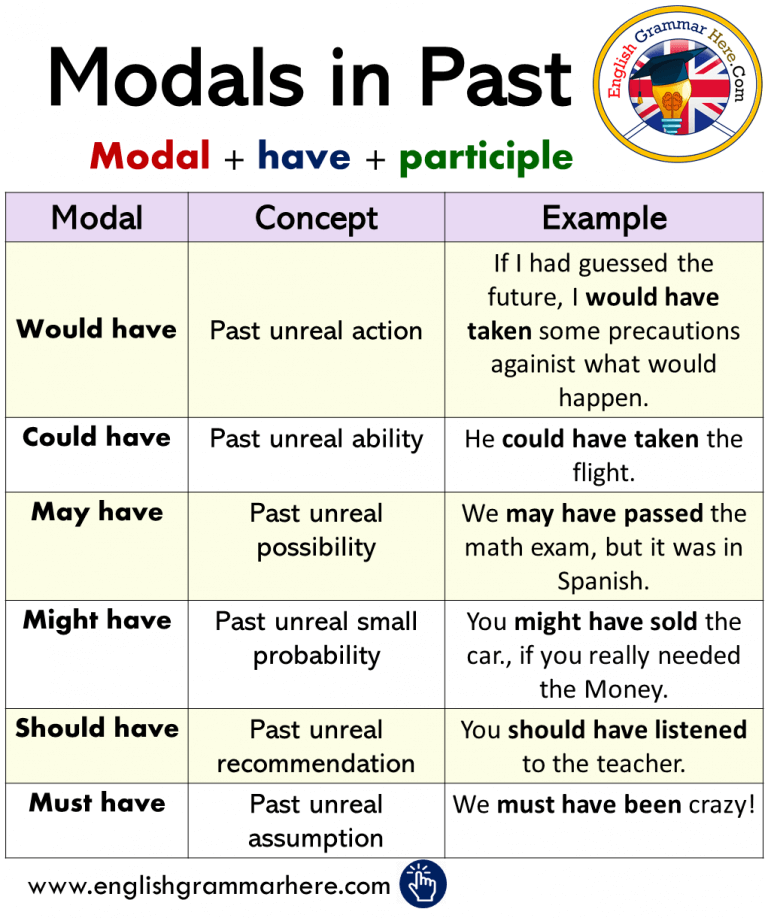
Electric quads are cheaper than petrol quads and an electric quad is not designed for long walks, because there is a high probability that the battery will run out at the wrong time, and pushing it home is not the most pleasant entertainment.
Electric ATVs also have a huge plus - it is the ability to ride in any enclosed space, even around the apartment, if the area allows, and even when the grandmother is sleeping - after all, our electric friend is environmentally friendly and almost silent.
We hope the above differences and features will help you make the right decision whether to buy a petrol or electric ATV. We remind you once again that you must take into account the age of your child, and especially if he is from 3-6 years old. In this case, for safety reasons, we would recommend to pay attention to the electric model.
So, we finally decided on the type of ATV, its size and power. Here he stands in front of us, a new, shiny handsome man, the right color, size, and we are ready to part with the money. Let's not rush and pay attention to some important little things and the equipment of the ATV we have chosen. A high-quality and safe product must be equipped with:
Let's not rush and pay attention to some important little things and the equipment of the ATV we have chosen. A high-quality and safe product must be equipped with:
Before you allow your child to drive an ATV, you must assess the child's physical, mental and emotional state. Moreover, it is desirable to do this every time the ATV is used.
Moreover, it is desirable to do this every time the ATV is used.
Physical condition. Is your child big and strong enough to ride an ATV? The child must be of sufficient height to stand on the floor and reach the controls while seated.
Mental state . Assess if the child knows the basic ATV safety rules and is mature enough to understand that safety matters.
Emotional state . Some children are very emotional, and this can lead to disastrous consequences. Strong emotions such as anger, excitement, or others can affect a child's ability to safely drive a four-wheeled friend, so do not let him drive if he is not calm and emotionally stable.
Some will want to skip this section, they say, what's new can be said ... I already know everything, I remember, I can. You may know and remember and know how, but your child has no idea. Sit down and read together the last and probably the most important part of the article.
So, the most important part of the puzzle is choosing the right protective equipment. Equipment is necessary to reduce the risk of injury in the event of a fall or breakdown of the ATV. Properly selected equipment is the key to keeping your child safe. If you think that a helmet is optional just because your child rides on four wheels, then you are wrong. According to statistics, the main injuries associated with the use of ATVs are head injuries.
In addition to the helmet, you will need goggles, gloves, elbow and knee pads. And now more about each position.
We recommend purchasing a full-face safety helmet with a visor. A bicycle helmet or any other helmet not designed for off-road use is not a complete replacement.
Goggles should always accompany a full face helmet for added protection. Glasses obviously protect your child's eyes. You should not buy glasses that are too tinted, as this will impair visibility in low light conditions or in cloudy weather.